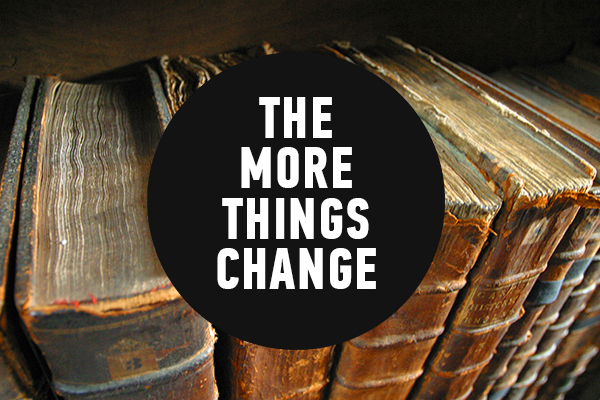The More Things Change | Issue 04
18 March - 24 March
23 March, 1848: After an apparently uneventful three-month journey, the first Scottish settlers arrived in Port Chalmers and founded a city they called Dunedin. The name was derived from the fairly unpronounceable Scottish Gaelic name for Edinburgh, and the city was designed to reflect the characteristics of its namesake, which was a bold move given the challenging landscape. Nonetheless the city flourished, and has actually been home to many of New Zealand’s milestones: it had our first university, medical school, and daily newspaper (which still, allegedly, survives to this day). Dunedin was founded largely on the back of a gold rush, which is the reason for all the fancy-looking buildings like Knox Church and Quad, the latter of which is rumoured to have been nice once. In honour of the city’s foundation, Dunedin Anniversary Day is on 25 March this year, but isn’t important enough for a long weekend.
18 March, 1968: Russian cosmonaut Alexey Leonov performed the first spacewalk. A spacewalk is technically known as extra-vehicular activity, which is probably also something you can be charged with somewhere. The first one wasn’t free from issues: in the 12 minutes Leonov was outside the spacecraft, his spacesuit inflated so much that he couldn’t get back through the airlock. It took another ten minutes for him to release some of the pressure, risking decompression sickness, and after that the Soviets didn’t attempt another spacewalk for several years. They also hid these difficulties from the press, the reasons for which remain uncertain. But despite these problems Leonov became a national hero and has been on at least thirty different stamps, which might also be good for bragging rights.
21 March, 1999: In a truly historic moment for human aeronautics, Bertrand Piccard and Brian Jones completed the first non-stop circumnavigation of Earth in a hot air balloon. The balloon is the oldest flight technology that can successfully carry humans, so the 46,000-kilometre, 19-day journey was a great triumph, especially because a hot air balloon has no reliable steering mechanism. There are more challenges than trying to fly in any specific direction: the temperature in the cabin of a hot air balloon is roughly that of Dunedin 80% of the time, so Piccard and Jones’ drinking water froze and they had to chip ice away from the balloon’s circuitry. Piccard is known to talk about “those who believe in the power of dreams” and the great “exploration of life”, so maybe it was dreams that contributed to the success of the venture, but no one is sure.



